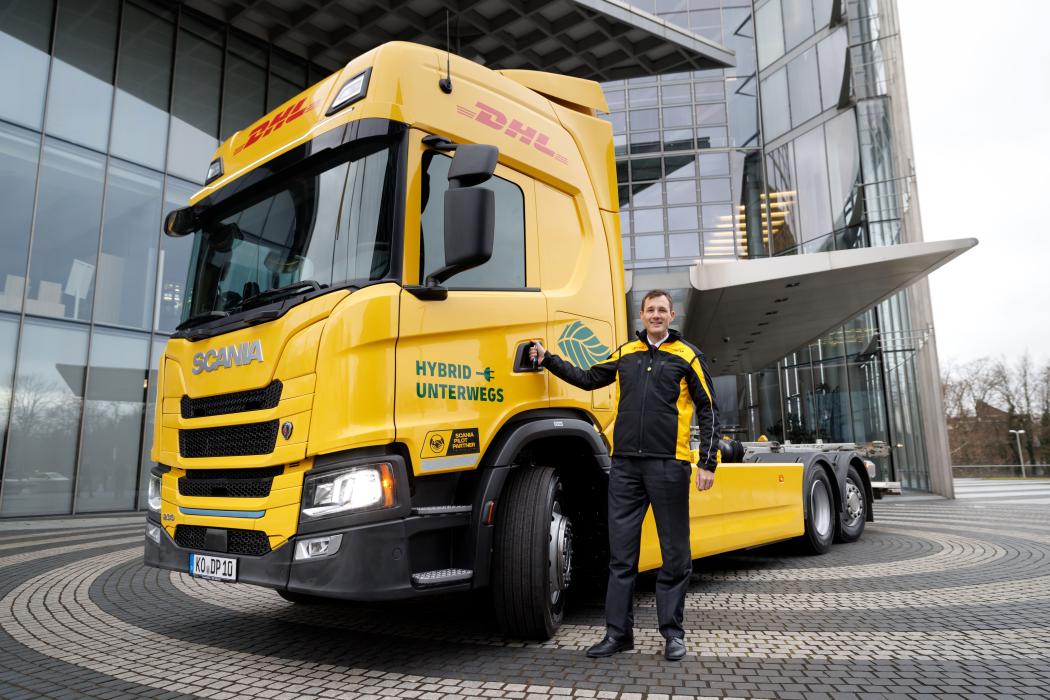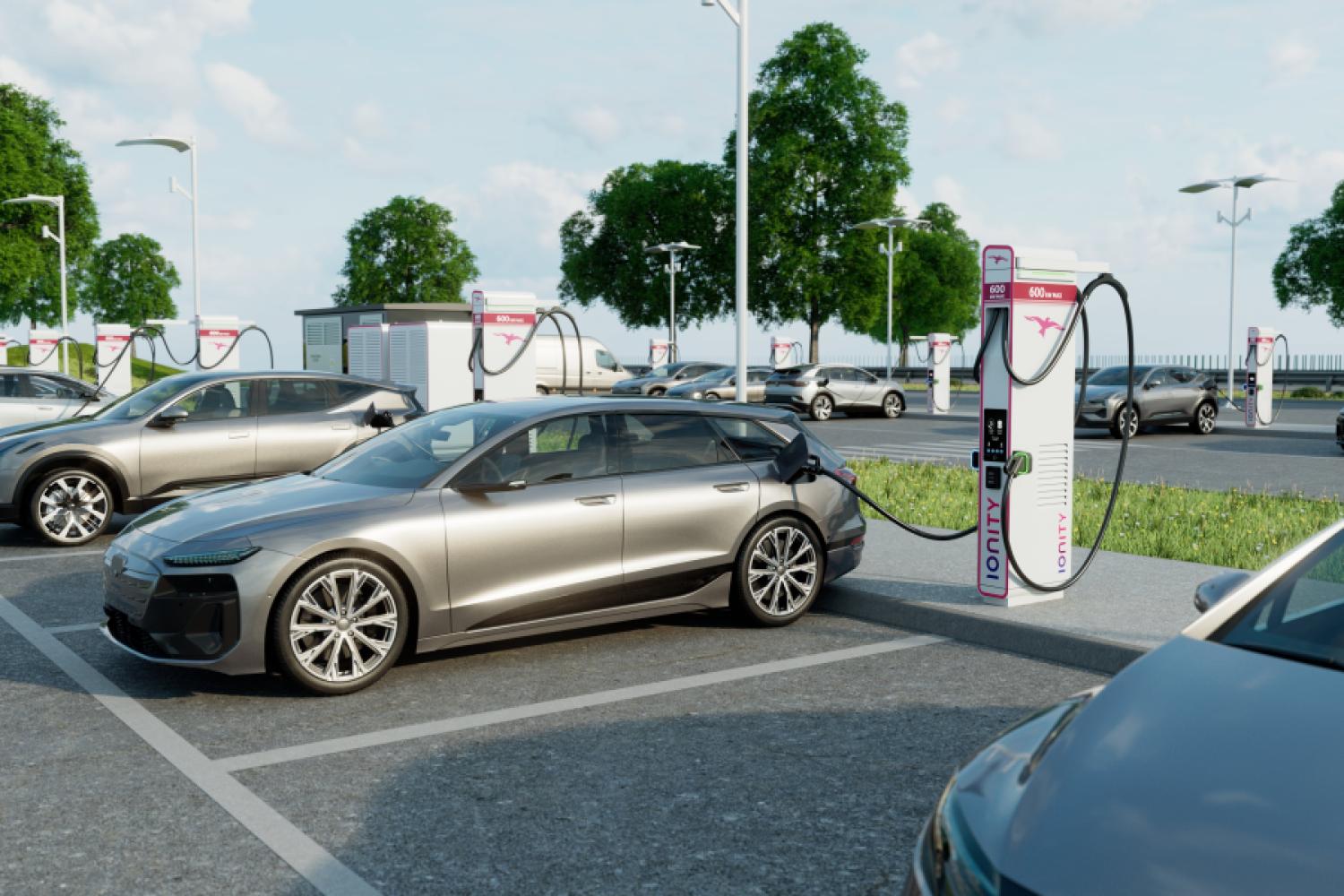DHL Group and the commercial vehicle manufacturer Scania have jointly developed a hybrid truck with a fuel-powered generator for greater ranges and better energy reserves. This makes it possible to switch to battery-powered heavy road vehicles without having to wait for a complete charging infrastructure. The "Extended Range Electric Vehicle" (EREV) with range extender can operate 80 to 90% on renewable energy.
Energy Reserve Instead of Additional Battery Pack
The new hybrid truck will be used from February in the Post & Parcel Germany division for parcel transport between Berlin and Hamburg and will be intensively tested there for several months before potentially acquiring additional vehicles for the DHL-owned fleet. The fuel-powered generator replaces one of the batteries in a fully electric truck, which is not needed for most routes. This reduces the range in battery mode but provides an energy reserve for the mentioned scenarios. The vehicle thus has a range of 650 to 800 km - depending on the results of the trial operation in Berlin - and can be refueled at any conventional gas station if necessary.
For comparison: Scania's fully electric e-trucks have a range of 550 km at the same maximum weight.
Tobias Meyer, CEO of DHL Group: “It will take some time before the necessary conditions for a complete switch to battery-electric trucks are created, especially in a system as large as the German DHL parcel network - through a sufficiently robust power grid, a reliable supply of green electricity, and a comprehensive charging infrastructure. Instead of waiting for that, DHL and Scania are working together on a pragmatic solution that enables more sustainable logistics and reduces CO2e emissions by more than 80%.”
Promising Transitional Solution
The EREV was developed by Scania Pilot Partner, which explores new technologies and solutions, in this case together with the strategic partner DHL. The two partners see electric vehicles with range extenders as a promising transitional solution that could enable a significant reduction in CO2e emissions, especially where the necessary infrastructure is lacking and other conditions for a transition to fully electric vehicles are not in place.
Scania CEO Christian Levin: "The future is electric, but on the way to this future, the perfect must not be the enemy of the good. The vehicle we developed together with DHL is an example of possible transitional solutions that can further advance the decarbonization of truck transport until the complete electrification of the transport sector is achieved."
The technical data
The EREV is a 10.5 m long truck with a permissible total train weight of 40 t, powered by a 230 kW electric motor (295 kW peak). The energy comes from a 416 kWh battery and a fuel-powered 120 kW generator. This – which can initially be operated with gasoline and later with renewable diesel/HVO – increases the range to up to 800 km. EREVs can be equipped with software that restricts the use of the fuel-powered generator. The vehicle's top speed is 89 km/h, with a capacity of around 1,000 packages (volume of a swap body). Additionally, the truck can tow a trailer with another swap body. The vehicle is intended to be used in the so-called "main run" for parcel transport between Berlin and Hamburg.
Deutsche Post AG and Scania CV AB filed a patent for this technology with the German Patent and Trademark Office in Munich on September 19, 2024.






